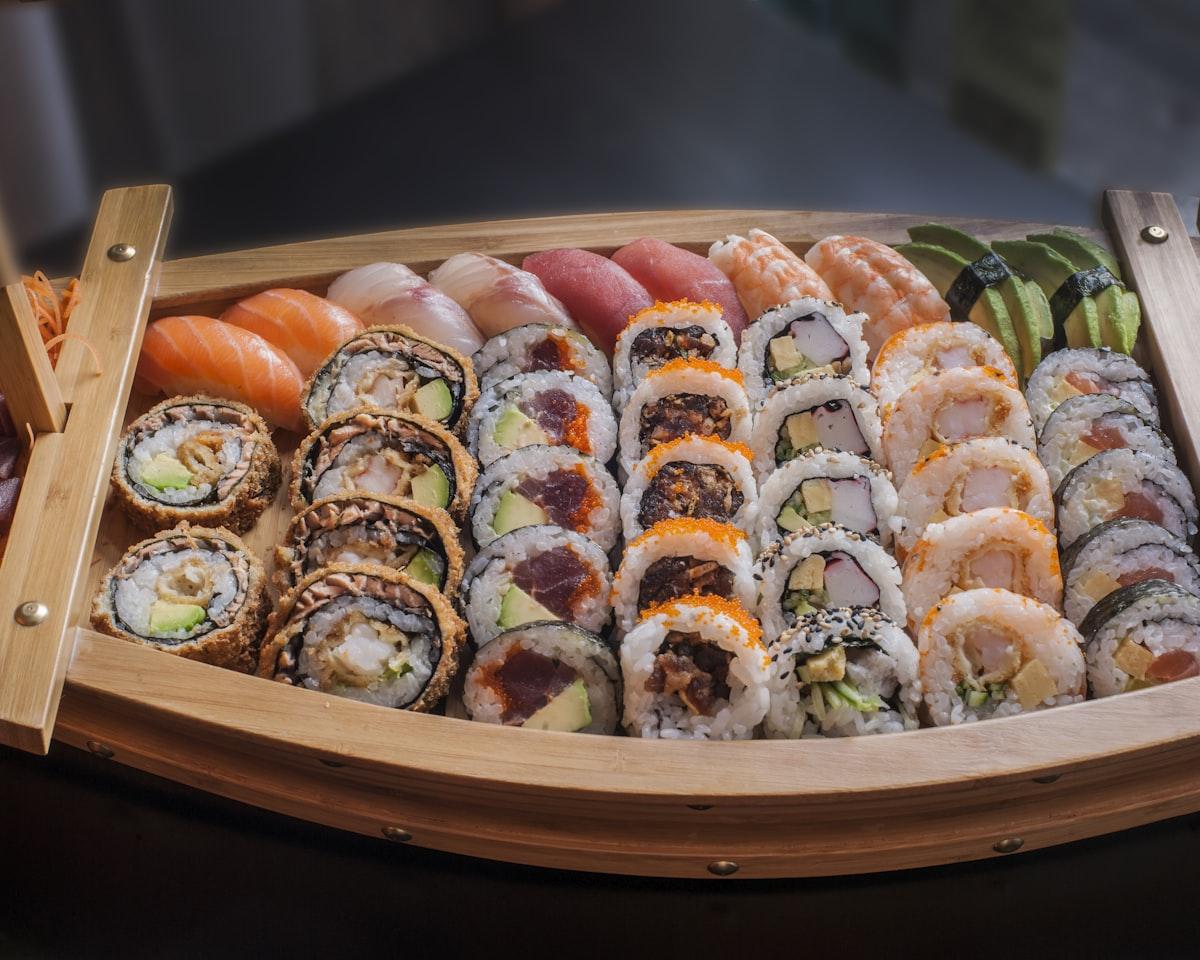
15+ High-Protein Foods for Active Lifestyles: Beyond Chicken and Eggs
Tired of chicken and eggs? Discover 15+ diverse high-protein foods for athletes and active individuals. Learn protein timing, meal ideas, and smart tracking strategies.
Verdu Team
The team behind Verdu, your AI-powered nutrition companion
If you're active, athletic, or regularly hit the gym, you've probably mastered the art of grilling chicken breasts and scrambling eggs. But let's be honest: eating the same protein sources day after day gets boring fast.
The good news? There's a whole world of delicious, protein-rich foods beyond the usual suspects. Whether you're looking to build muscle, support recovery, or simply diversify your diet, this guide will introduce you to 15+ high-protein options that will keep your meals interesting and your body well-fueled.
Why Protein Matters for Active People
When you exercise—whether it's lifting weights, running, cycling, or playing sports—you create microscopic tears in your muscle fibers. Protein provides the essential amino acids your body needs to repair and rebuild these fibers, making them stronger and more resilient.
According to the International Society of Sports Nutrition, athletes and active individuals need significantly more protein than sedentary people—typically 1.4 to 2.0 grams per kilogram of body weight per day.
For a 150-pound (68 kg) person, that's roughly 95 to 136 grams of protein daily. For a 180-pound (82 kg) person, you're looking at 113 to 164 grams per day.
But here's the challenge most people face: tracking protein across different meals and foods can be tedious and overwhelming. You might be getting enough protein some days, but falling short on others without realizing it.
This is where variety becomes your secret weapon. Different protein sources offer different amino acid profiles, nutrients, and culinary possibilities—making it easier to hit your targets while actually enjoying your meals.
How Much Protein Do You Actually Need?
Before we dive into specific foods, let's clarify your personal protein needs.
Sedentary Adults
The standard recommendation from Harvard Health is 0.8 grams per kilogram of body weight—the minimum to prevent deficiency.
Active Individuals & Athletes
Research from the Academy of Nutrition and Dietetics recommends 1.2 to 2.0 grams per kilogram, with higher intakes for:
- Strength and resistance training
- High training frequency and intensity
- Calorie restriction while maintaining muscle mass
Special Considerations
- Over 50? Aim for at least 1.0 g/kg to combat age-related muscle loss
- Endurance athletes: 1.2-1.4 g/kg
- Strength athletes: 1.6-2.0 g/kg
- Cutting/weight loss: Up to 2.3 g/kg to preserve lean mass
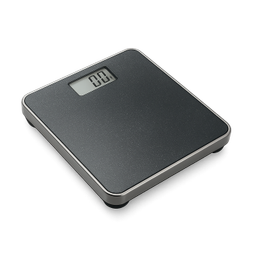
Calculate Your Daily Protein Target
Take your body weight in pounds, divide by 2.2 to get kilograms, then multiply by your activity factor (1.2-2.0). That's your daily protein goal.
The challenge? Most people either overestimate or underestimate their intake, making it hard to know if they're truly meeting their needs. Verdu's AI-powered meal scanning gives you instant feedback on your protein intake—just snap a photo of your plate. No manual entry, no guessing.
Animal-Based Protein Sources: Beyond Chicken & Eggs
Let's expand your protein repertoire with options you might not be eating regularly.
1. Fatty Fish (Salmon, Mackerel, Sardines)
Protein: 22-25g per 3.5 oz (100g) serving
Beyond protein, fatty fish deliver omega-3 fatty acids (EPA and DHA) that reduce inflammation and support recovery. According to Harvard's Nutrition Source, fish is one of the healthiest protein sources available.
Try: Grilled salmon with quinoa, mackerel rice bowls, sardines on whole grain toast
2. Lean Red Meat (Grass-Fed Beef, Bison)
Protein: 25-27g per 3.5 oz serving
Red meat provides heme iron (better absorbed than plant iron), zinc, and B vitamins essential for energy production. Opt for grass-fed varieties for better omega-3 ratios.
Try: Bison burgers, lean beef stir-fry, grass-fed steak with sweet potatoes
3. Shellfish (Shrimp, Scallops, Mussels)
Protein: 20-24g per 3.5 oz serving
Extremely lean, low in calories, and packed with selenium, vitamin B12, and zinc. Shrimp is particularly versatile and cooks in minutes.
Try: Garlic shrimp pasta, scallop grain bowls, steamed mussels with herbs
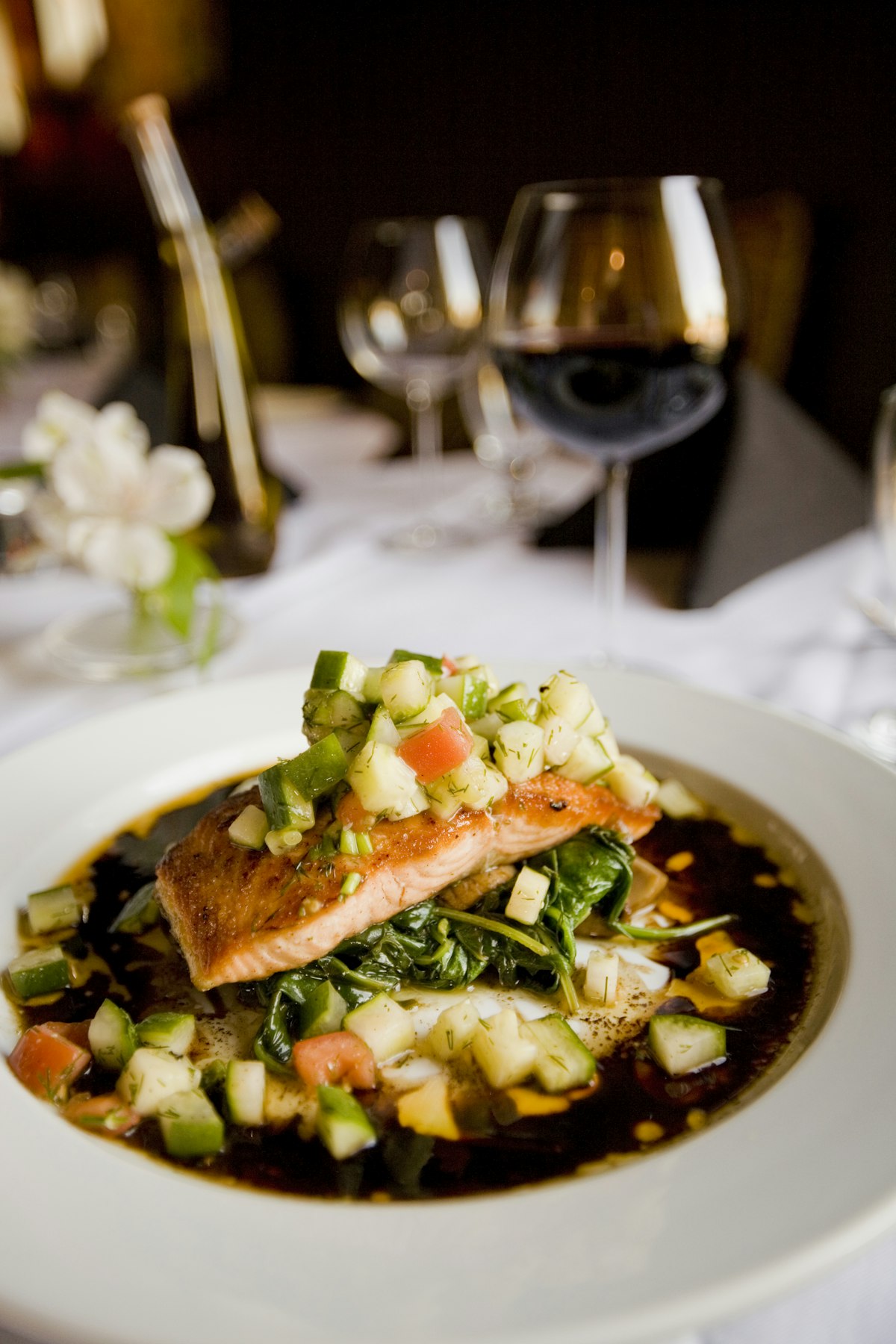
4. Greek Yogurt & Cottage Cheese
Protein: 10-20g per cup (depending on type)
Both are complete proteins with all essential amino acids, plus they provide calcium and probiotics. Greek yogurt has roughly double the protein of regular yogurt.
Try: Greek yogurt parfaits, cottage cheese with fruit, protein smoothie base
5. Turkey & Lean Pork
Protein: 25-30g per 3.5 oz serving
Turkey breast is even leaner than chicken, while pork tenderloin is surprisingly lean and versatile. Both are budget-friendly and easy to prepare in bulk.
Try: Turkey meatballs, pork tenderloin medallions, ground turkey chili
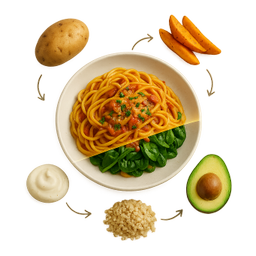
Mix It Up for Better Nutrition
Relying on just one or two protein sources means you're missing out on diverse nutrients. Fish provides omega-3s, red meat delivers iron and zinc, and dairy offers calcium and probiotics. Variety isn't just about taste—it's about comprehensive nutrition.
Plant-Based Protein Powerhouses
You don't need to eat animal products to hit high protein targets. Here are the best plant-based options.
6. Legumes (Lentils, Chickpeas, Black Beans)
Protein: 15-18g per cooked cup
Legumes are nutrition champions: high protein, high fiber, and loaded with folate, iron, and magnesium. They're also incredibly affordable and shelf-stable.
Try: Lentil curry, chickpea salad, black bean tacos
7. Tofu, Tempeh & Edamame
Protein: 10-20g per serving (varies by type)
Soy products are complete proteins—rare among plant foods. Tempeh is fermented, making it easier to digest and higher in probiotics. Edamame makes a perfect high-protein snack.
Try: Crispy tofu stir-fry, tempeh bacon, edamame hummus
8. Quinoa & Ancient Grains
Protein: 8g per cooked cup (quinoa)
Quinoa is another complete plant protein. Other high-protein grains include farro, bulgur, and amaranth. These make excellent bases for grain bowls.
Try: Quinoa breakfast bowls, farro salad, ancient grain pilaf
9. Nuts & Seeds (Hemp, Pumpkin, Almonds)
Protein: 5-10g per ounce
Hemp seeds pack 10g of complete protein per 3 tablespoons—more than any other seed. Pumpkin seeds and almonds follow close behind, plus they provide healthy fats and minerals.
Try: Hemp seed smoothies, almond butter on toast, pumpkin seed trail mix
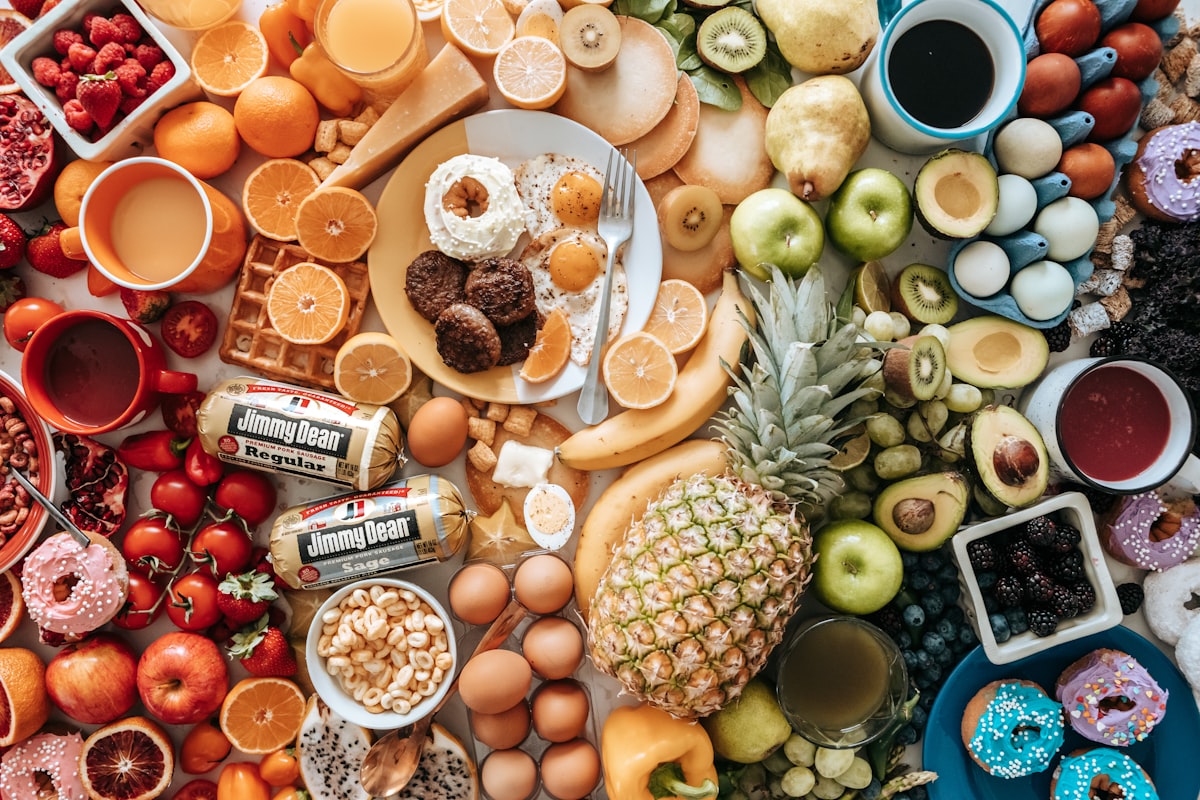
10. Seitan & High-Protein Plant Meats
Protein: 20-25g per 3.5 oz serving
Made from wheat gluten, seitan has a meaty texture and protein content rivaling chicken. It's a staple in many vegan and vegetarian diets.
Try: Seitan stir-fry, plant-based "chicken" sandwiches, seitan kebabs
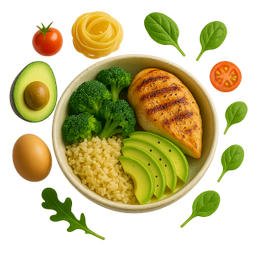
Complete vs. Incomplete Proteins
A "complete" protein contains all nine essential amino acids your body can't produce. Animal proteins are typically complete, while most plant proteins are incomplete—except for soy, quinoa, and hemp.
The solution? Combine complementary plant proteins throughout the day: rice + beans, hummus + pita, peanut butter + whole grain bread. Your body will pool amino acids to create complete proteins.
Combining Proteins for Complete Nutrition
Even if you're not vegetarian, mixing protein sources throughout the day ensures you get a complete amino acid profile and diverse micronutrients.
Smart Protein Combinations:
- Rice + beans = complete protein
- Hummus + whole wheat pita = complete protein
- Peanut butter + whole grain bread = complete protein
- Greek yogurt + almonds = enhanced nutrition
- Quinoa + black beans = double complete protein
Most people don't need to stress about combining proteins in every single meal. As long as you eat a variety of protein sources throughout the day, your body will get what it needs.
Protein Timing & Distribution
It's not just about how much protein you eat—it's also about when and how often.
Spread Protein Throughout the Day
Research from the International Society of Sports Nutrition suggests distributing protein evenly across meals, consuming 20-40 grams per meal every 3-4 hours.
This approach maximizes muscle protein synthesis better than eating most of your protein in one large meal.
Example Day (140g target):
- Breakfast: 30g (Greek yogurt parfait with nuts)
- Lunch: 35g (Salmon salad with quinoa)
- Snack: 15g (Edamame)
- Dinner: 40g (Chicken stir-fry with tofu)
- Evening: 20g (Cottage cheese)
Post-Workout Protein
The "anabolic window" is more flexible than once thought, but consuming 0.25-0.3g per kg body weight within 2 hours post-workout supports muscle recovery and synthesis.
For a 150-pound (68 kg) person, that's roughly 17-20 grams of high-quality protein after training.
Quick Post-Workout Options:
- Protein smoothie with banana and hemp seeds
- Greek yogurt with berries
- Turkey sandwich on whole grain bread
- Chocolate milk (yes, really—it's a proven recovery drink)
Wondering if you're hitting your protein targets throughout the day? Verdu's meal analysis helps you see your protein distribution across meals, making it easy to identify gaps and adjust your eating patterns for better results.
Quick High-Protein Meal Ideas
Here are practical, delicious ways to incorporate diverse protein sources into your daily routine.
Breakfast Ideas (25-35g protein)
- Greek yogurt parfait with granola, berries, and hemp seeds
- Scrambled eggs with smoked salmon and avocado toast
- Protein oats: oatmeal + protein powder + almond butter + banana
- Tofu scramble with vegetables and whole grain toast
Lunch Ideas (30-40g protein)
- Grilled chicken quinoa bowl with roasted vegetables
- Tuna salad lettuce wraps with chickpeas
- Lentil soup with whole grain bread and cottage cheese
- Turkey and hummus wrap with side of edamame
Dinner Ideas (35-50g protein)
- Bison burgers with sweet potato fries and side salad
- Salmon teriyaki with brown rice and broccoli
- Tempeh stir-fry with mixed vegetables and cashews
- Lean beef chili with black beans and Greek yogurt topping
Snacks (10-20g protein)
- Cottage cheese with pineapple
- Hard-boiled eggs with almonds
- Protein smoothie (Greek yogurt + banana + spinach + peanut butter)
- Roasted chickpeas
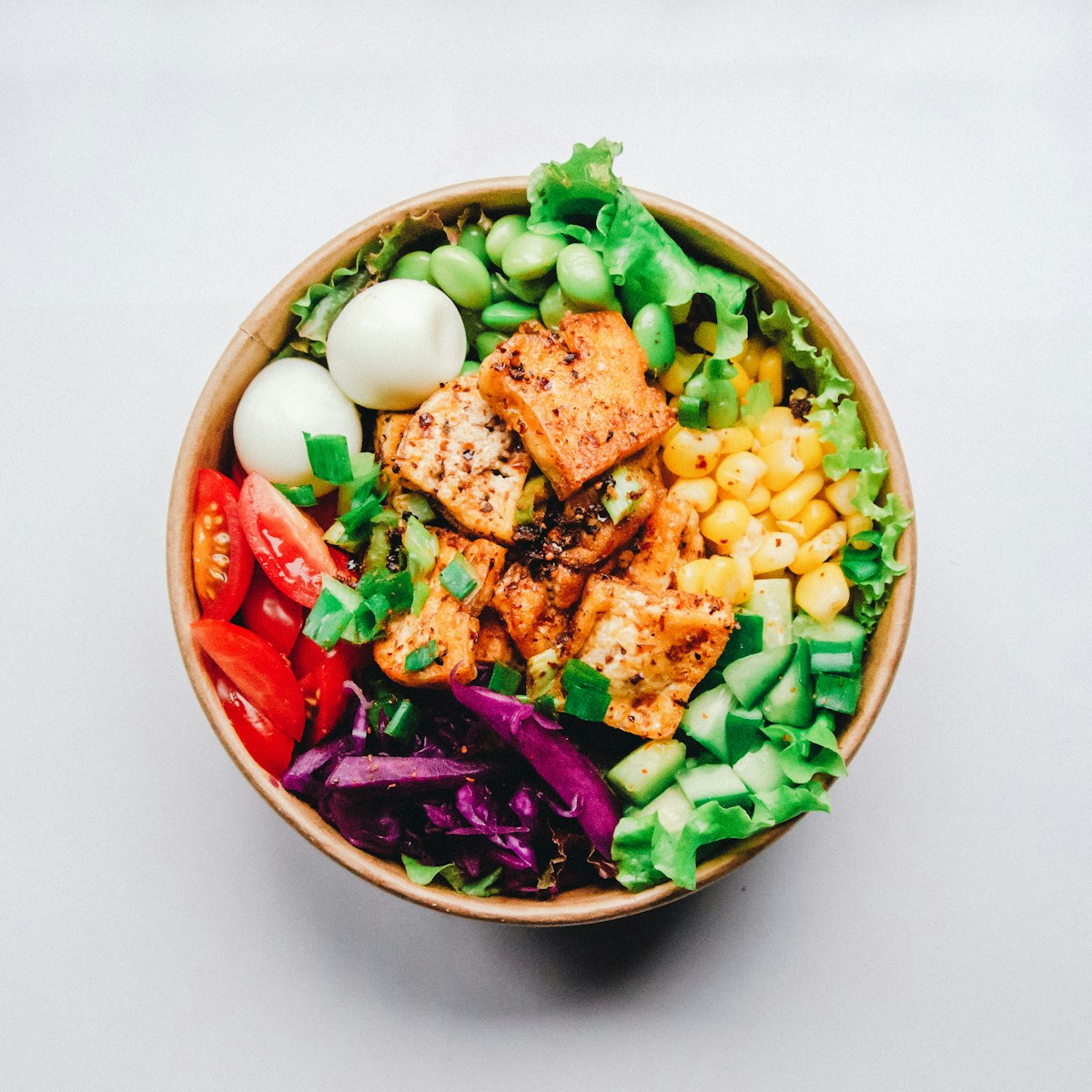
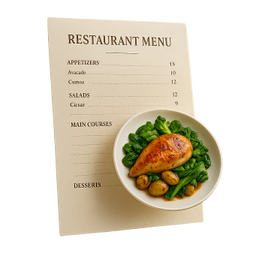
Eating Out? No Problem
Tracking protein while dining out used to mean awkward estimation or skipping restaurants entirely. With Verdu's Menu Picker feature, you can get AI-powered recommendations for high-protein menu items that align with your goals—whether you're at a steakhouse or a vegan café.
Common Protein Mistakes to Avoid
1. Over-Relying on Protein Supplements
Protein powder has its place, but whole foods provide fiber, vitamins, minerals, and phytonutrients that powders lack. Supplements should supplement, not replace, real food.
2. Under-Eating Protein (Especially for Active Women)
Many active women unknowingly under-consume protein, assuming they need less than men. In reality, protein needs are based on body weight and activity level—not gender.
3. Ignoring Protein Quality
Not all protein sources are equal. A fast-food burger provides protein, but it also comes with excessive saturated fat, sodium, and calories. Focus on lean, minimally processed sources most of the time.
4. Not Varying Your Sources
Eating only chicken breast means you're missing out on the omega-3s in fish, the iron in red meat, the probiotics in yogurt, and the fiber in plant proteins. Diversity is key.
Your 5-Day Protein Challenge
Ready to diversify your protein intake? Here's your action plan:
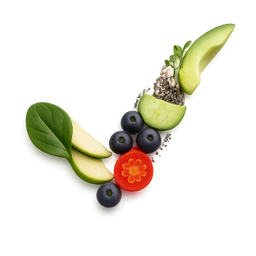
5-Day Protein Diversity Challenge
- Day 1: Try a new fish (salmon, mackerel, or sardines)
- Day 2: Add a plant-based protein you've never tried (tempeh, hemp seeds, or lentils)
- Day 3: Experiment with a dairy-based protein (Greek yogurt, cottage cheese, or kefir)
- Day 4: Incorporate shellfish or an alternative meat (bison, turkey, or lean pork)
- Day 5: Build a meal around quinoa or another ancient grain
Track how you feel, how your energy levels respond, and which foods you genuinely enjoy. Building a diverse protein rotation isn't about perfection—it's about finding sustainable variety that works for your lifestyle.
The Bottom Line
You don't need to live on chicken breast and protein shakes to hit your protein goals. With 15+ diverse, delicious options—from fatty fish to tempeh, from bison to hemp seeds—you can fuel your active lifestyle while actually enjoying your meals.
Key Takeaways:
- Aim for 1.4-2.0 g/kg body weight if you're active
- Distribute protein evenly across 3-5 meals (20-40g each)
- Mix animal and plant sources for complete nutrition
- Prioritize whole foods over supplements
- Variety ensures you get diverse amino acids and micronutrients
You don't need to become a nutrition expert or spend hours calculating macros. With smart tools like Verdu's AI-powered meal analysis and personalized recipe suggestions, you can make better protein choices, hit your goals, and actually enjoy the process.
Start Optimizing Your Protein Intake Today
Stop guessing whether you're getting enough protein. With Verdu's instant meal scanning, personalized insights, and smart menu recommendations, you'll know exactly where you stand—and what to eat next.
Download Verdu and take the guesswork out of nutrition:
Want to learn more about nutrition fundamentals? Check out our guide on Understanding Macronutrients or discover how Verdu's AI nutrition coach can transform your eating habits.
Related Articles
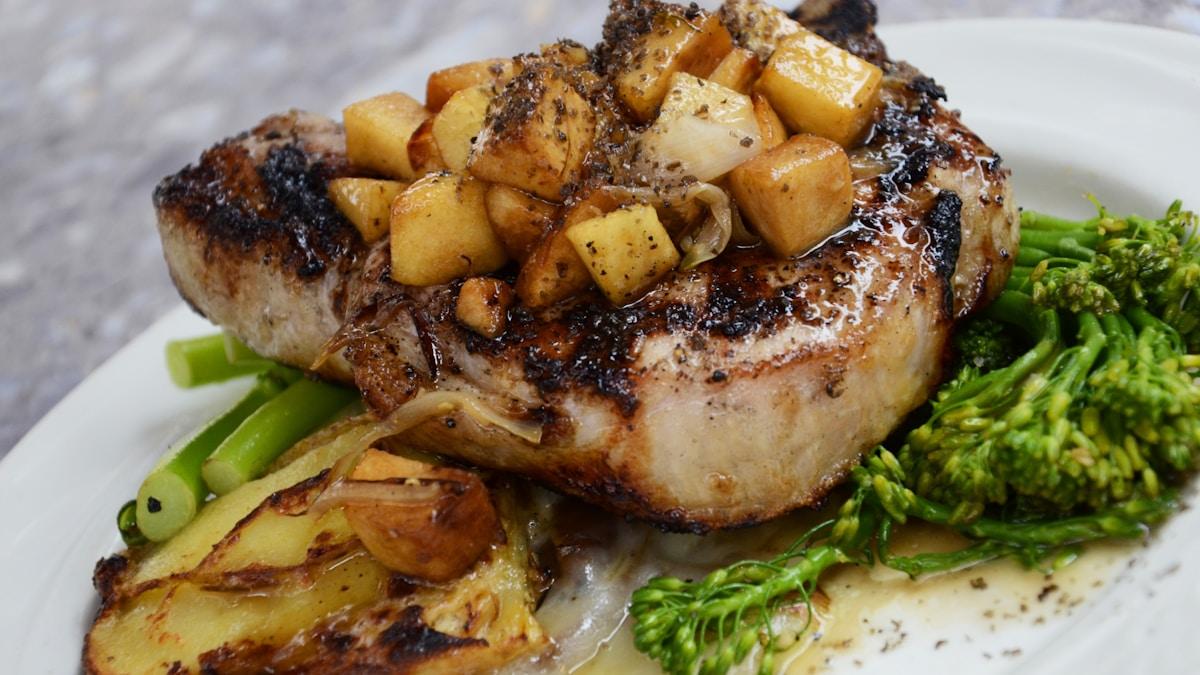
High-Protein Foods for Athletes: Complete Guide to Recovery & Performance
Learn how much protein athletes need, the best sources, and optimal timing for muscle recovery. Science-backed guide with meal ideas.
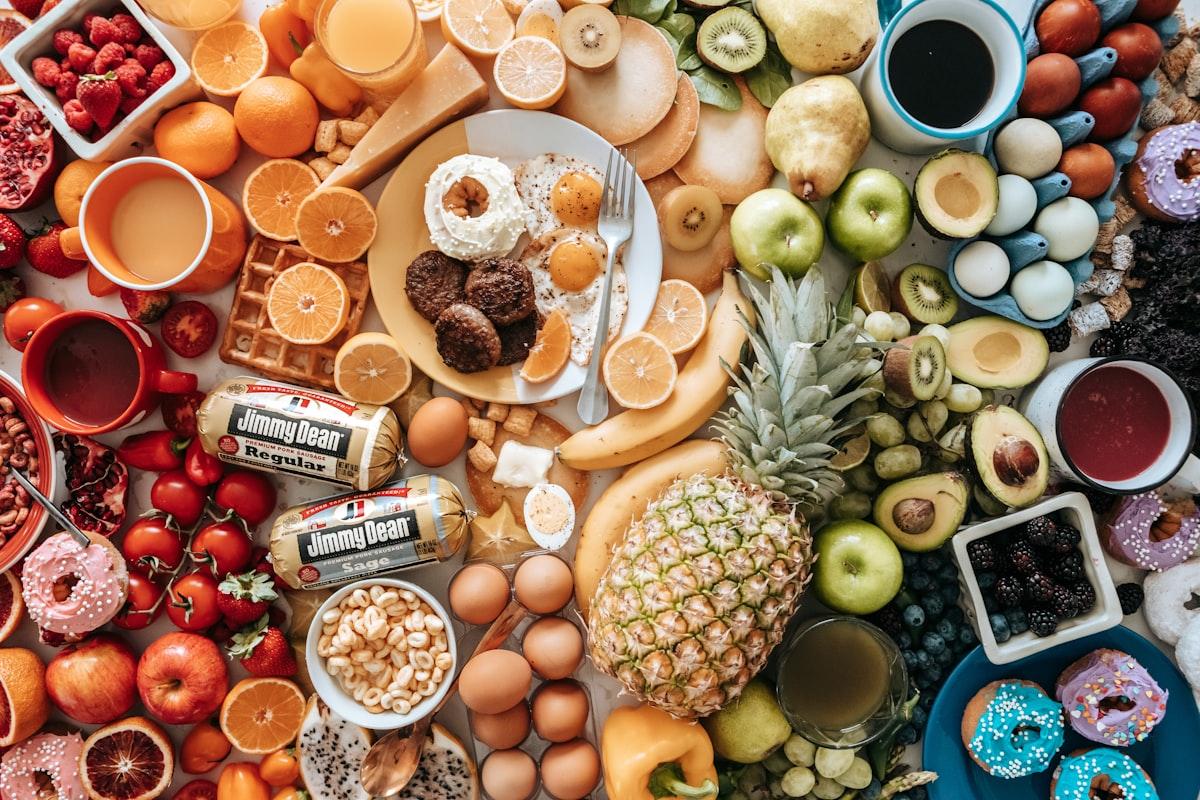
Plant-Based Protein Sources: Complete Guide to Meeting Your Protein Needs Without Meat
Discover the best plant-based protein sources, learn about complete proteins, and get practical meal ideas to meet your protein needs on a plant-based diet.
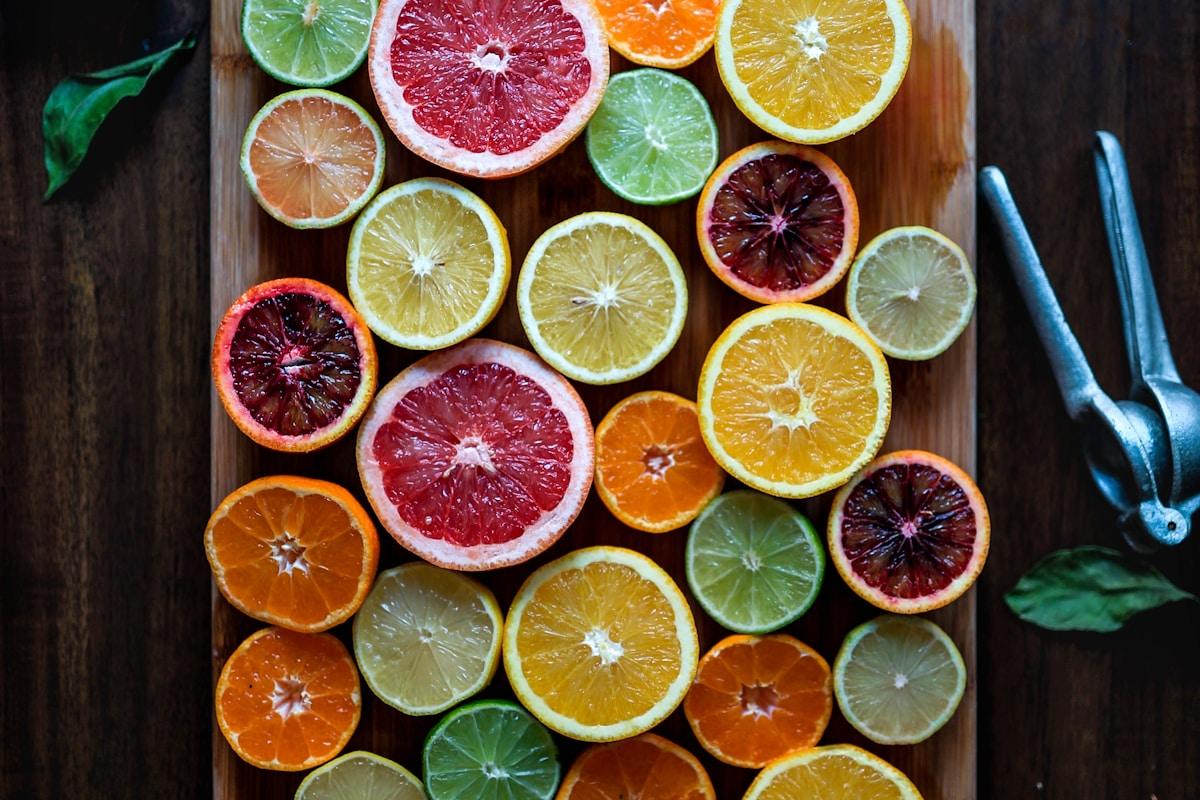
Pre-Workout and Post-Workout Nutrition: What to Eat for Maximum Performance and Recovery
Science-backed guide to pre and post-workout nutrition. Learn optimal timing, what to eat before and after exercise, and meal ideas for peak athletic performance.